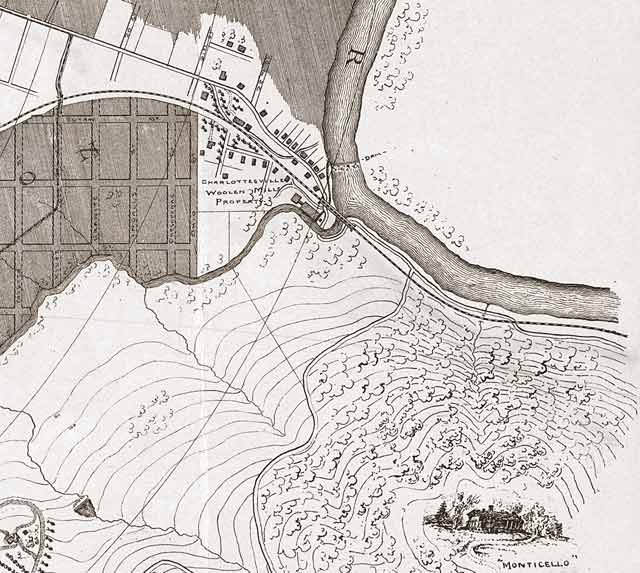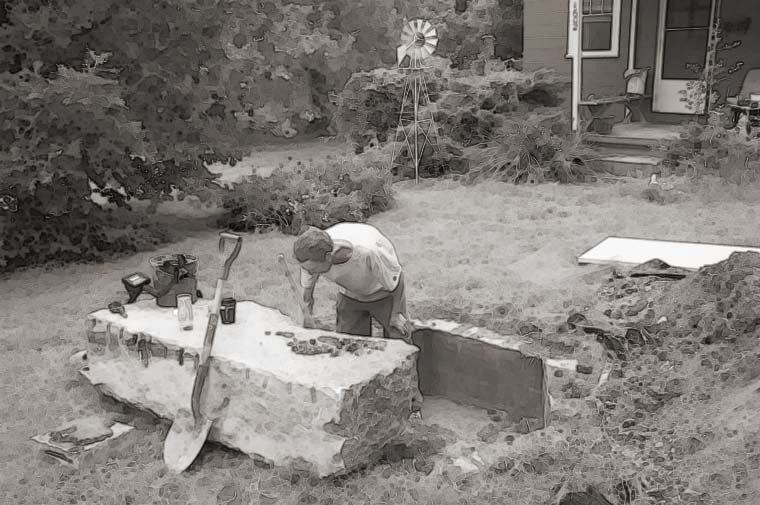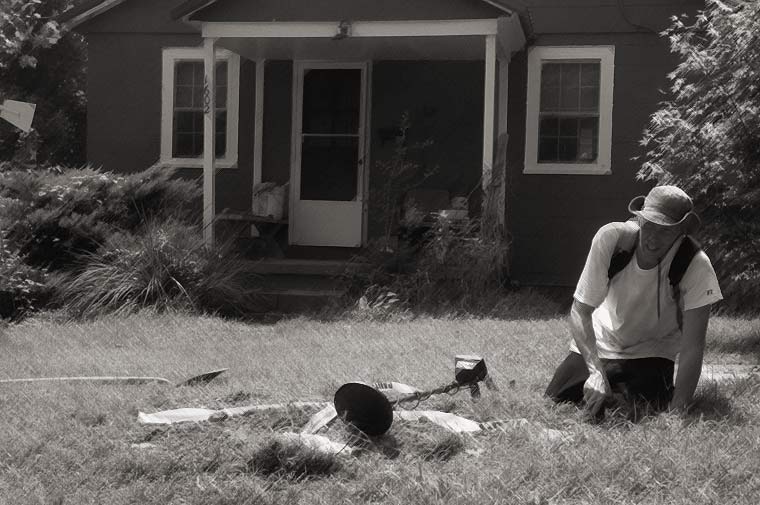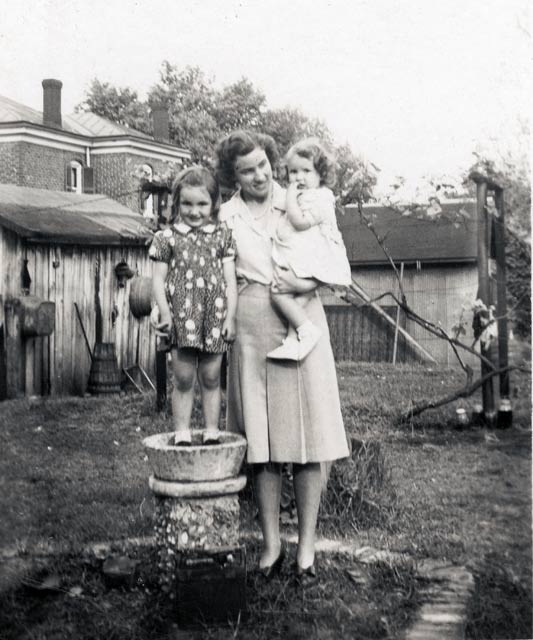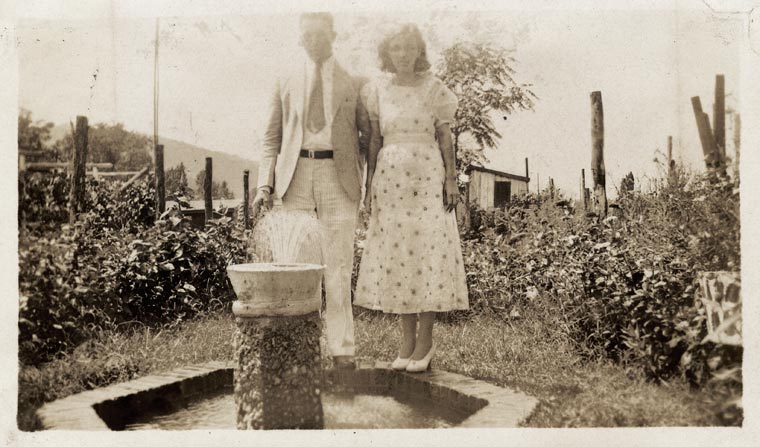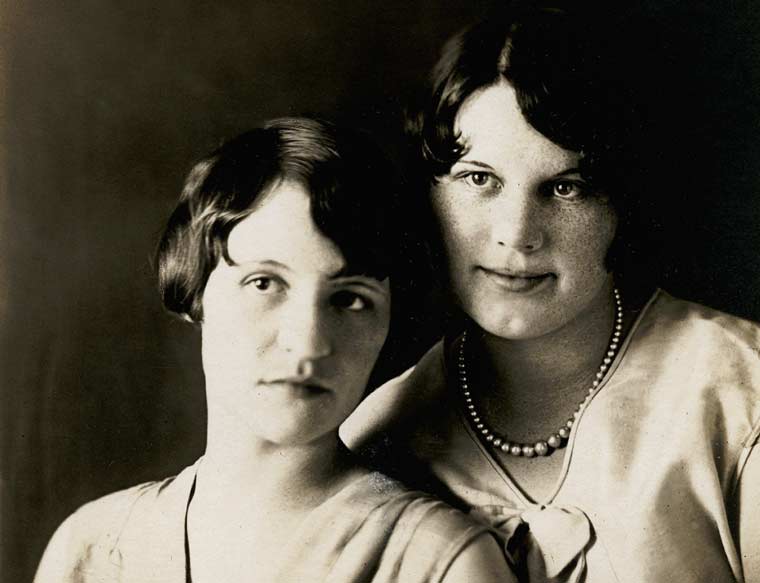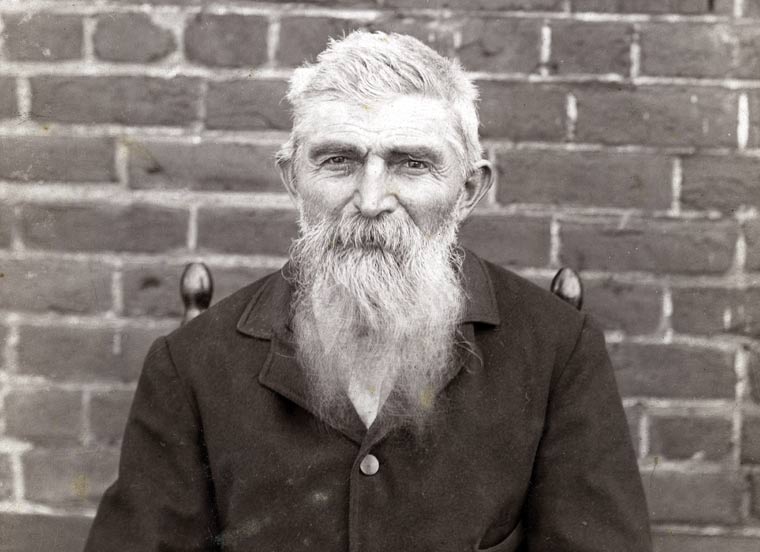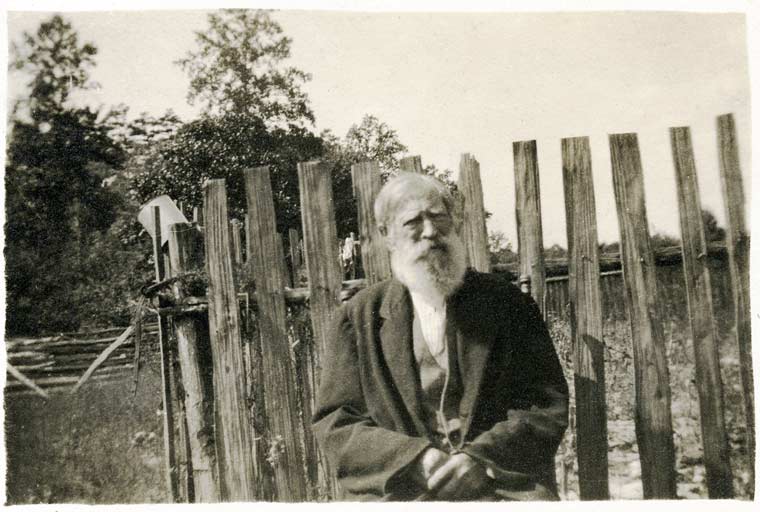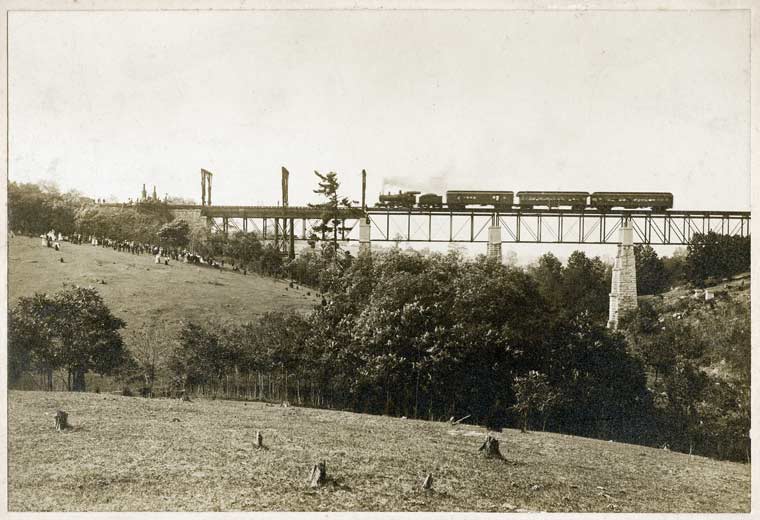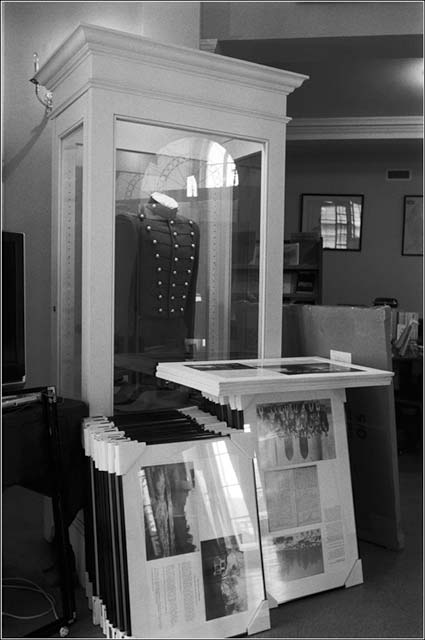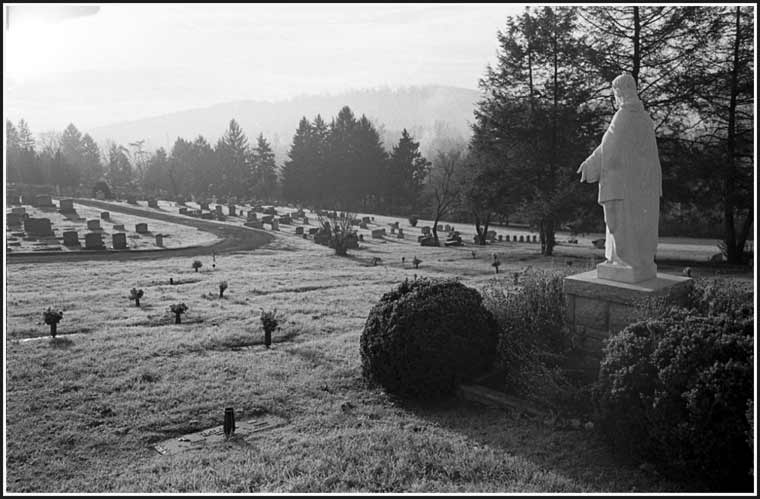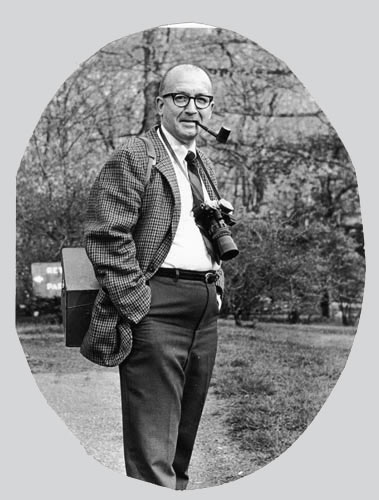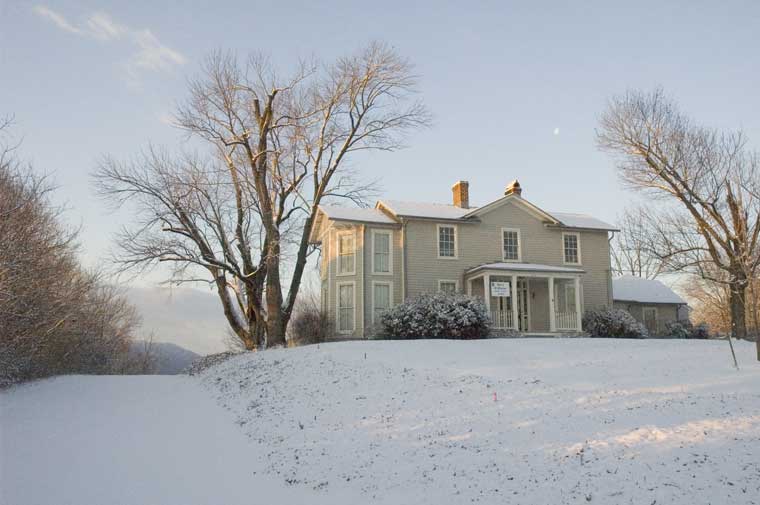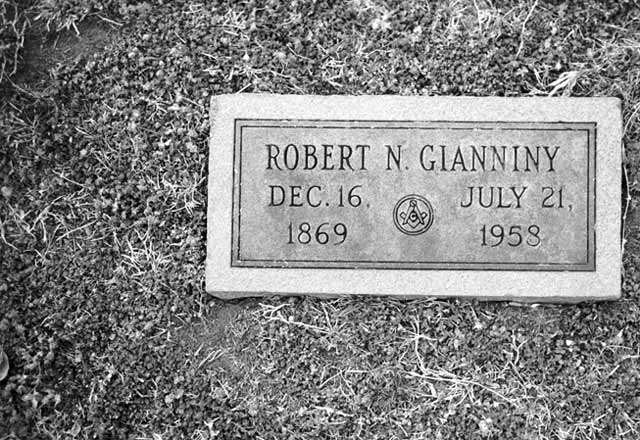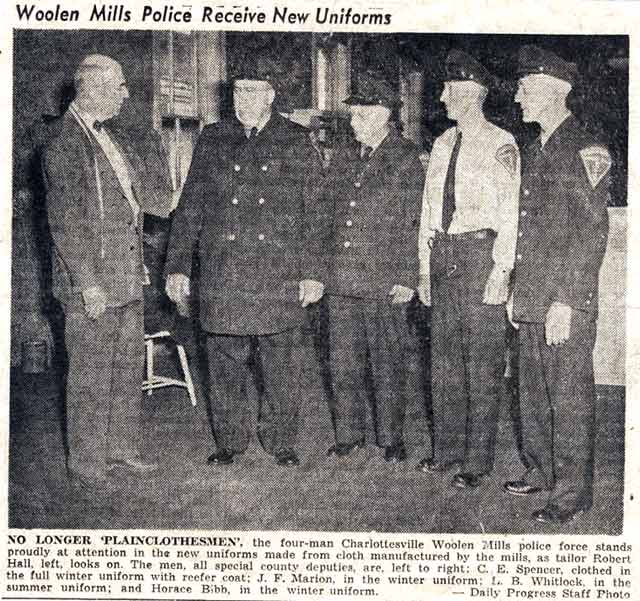Piling Pelion on Ossa
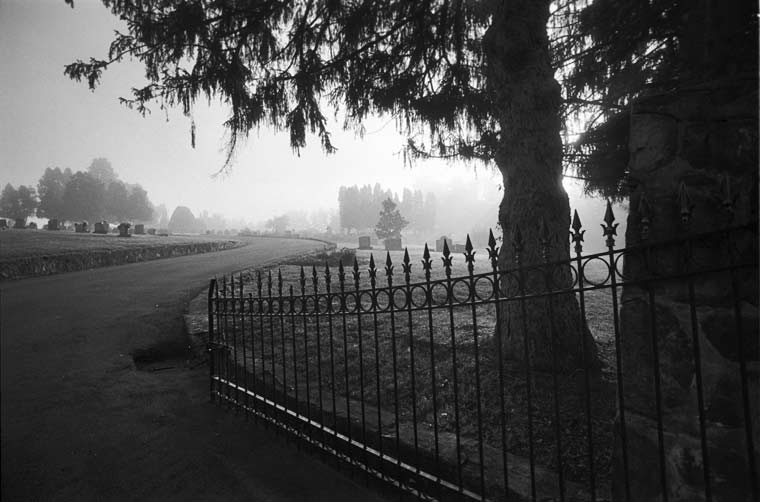
Property damage was extremely heavy but the company had been well insured--insured for everything except the loss of customers who would immediately look elsewhere for their fabrics.
To a local editor the fire was the final touch in an incredible series of misfortunes which had struck the community: "The failure of her banks and insurance company, and the destruction by fire of the Monticello Wine Company were terrible disasters, and the destruction of the Woolen Mills piles 'Pelion upon Ossa.'" The loss in purchasing power and investments would settle down like a bleak January rain to dampen any upsurge in the Albemarle business community. --Harry Poindexter
Labels: Poindexter History, Riverview Cemetery

